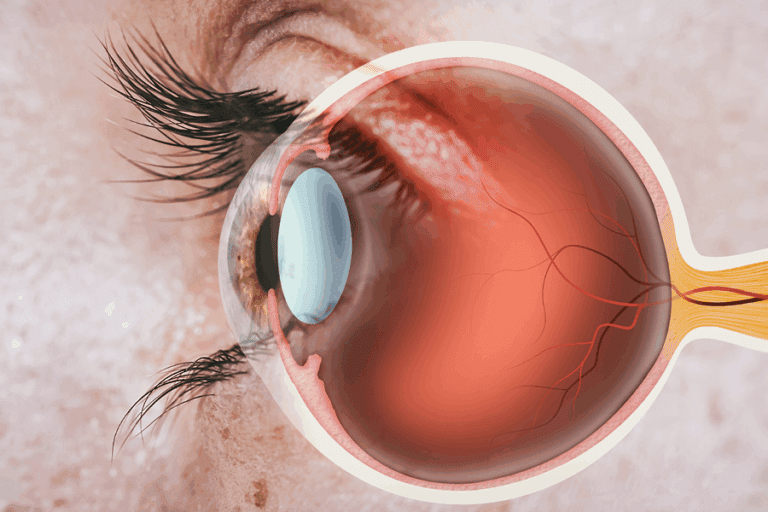It’s no secret that most pools contain chlorine, a chemical used to kill germs. However, you might be surprised to learn chlorine can cause more than itchy eyes and green-tinted hair (if you don’t shower after a dip). Pool water chemicals can create brown deposits of tarter on your teeth, also known as “swimmers’ calculus.”.
You don’t have to be a math wiz to solve this equation: chlorine and teeth can = tooth erosion. Athlete swimmers and recreational splashers, particularly those who swim more than 6 hours a week, face potential stains on their pearly whites and enamel loss.
How can you avoid the pearly white pool curse? Take these precautions before you take a dip:
Get the pHacts
Talk to your lifeguard or pool manager about their pH procedures. The pH level should be checked at least once a week and read somewhere between 7.2 and 7.8. If the pH level is too low or too high, it can damage your teeth. Antimicrobials found in pool water have a much higher pH than our saliva, as well. This causes protein breakdown, which results in enamel erosion and teeth stains.
Take a gulp
Bring a reusable bottle filled with safe-to-swig H2O. It will keep you hydrated and can be used to wash away any harmful deposits.
Zip your lips
Make an effort to keep your mouth closed while swimming. The less time chlorine spends on your teeth, the better chance you have of preventing or slowing tooth erosion.
Add an appointment
If you spend a lot of time poolside, consider adding dental visits. Even before you notice brownish stains on your teeth, you can begin experiencing the effects of enamel erosion. The Academy of General Dentistry recommends increasing your checkups to 3-4 times a year if you’re a regular water wader. Swimmers’ calculus can be easily avoided, so take action early.



